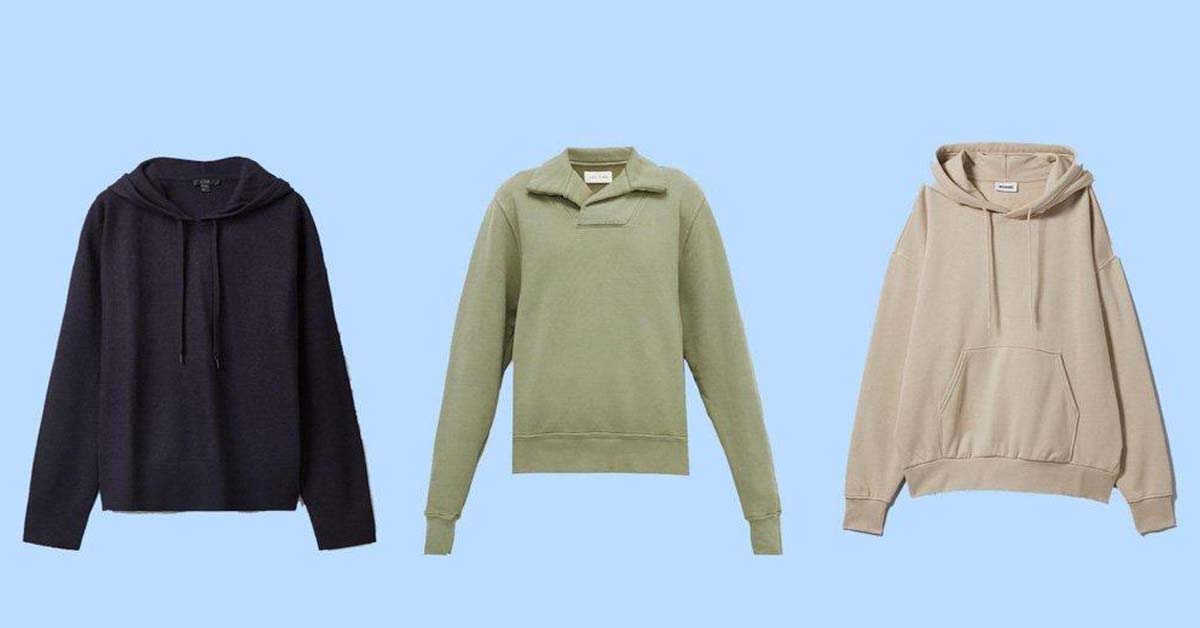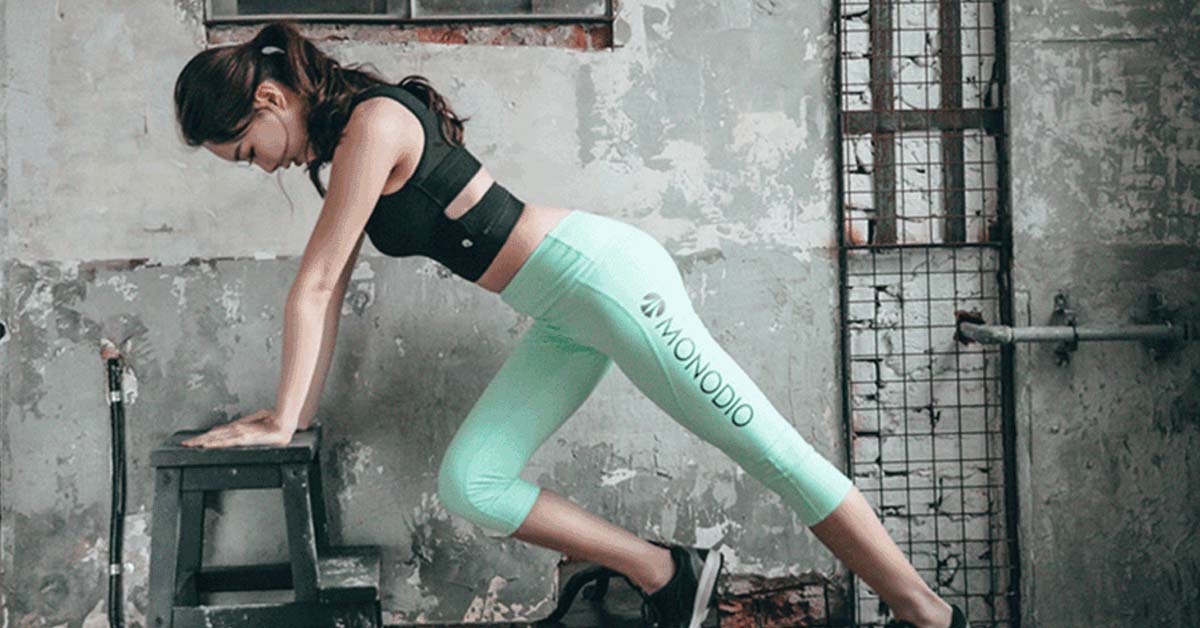
Everything You Should Know About The Linen Fabric For Clothing?
Introduction of linen fabrics
Linen fiber is a 100% natural fiber and is known to be the oldest textile in the world. A 36,000-year-old fragment of flax fiber was found in a cave in Georgia. Subsequently, the culture of linen would have spread throughout Asia and to Egypt, and then to Europe.
Linen can be used for clothing, bedsheets, or household items. According to the weaves, the main types of linen fabric in terms of popularity can be mentioned such as Damask linen, plain-woven linen, loosely-woven linen, and sheeting linen.

Advantages and disadvantages of linen fabric
Advantages of linen fabric
- Thermoregulatory fabric: It is a fabric that has good absorption quality. Linen is also a thermoregulating textile that will let air pass and therefore reduce the feeling of heat in summer. Moreover, linen fabrics have antiperspirant qualities: very absorbent, a linen garment “pumps” perspiration without leaving traces. That thermoregulatory fabric adapts to temperature variations. It keeps you cool in the summer and still warm in the winter. It helps you naturally regulate your body temperature.
- Ecological fabric: From an environmental point of view, linen has the advantage of being produced locally which makes it possible to limit the transport of raw materials. Linen is ecological since its cultivation requires neither fertilizer nor watering (rain is enough). Linen is fully biodegradable. Besides, its transformation into yarn is achieved through natural (and not chemical) processes.
- Resistant fabric: This textile fiber is ultra-resistant! Linen fibers are very robust thanks in particular to their length. To be sure that a linen garment is strong, it must be made with long fibers. In comparison with organic or traditional cotton, linen fibers can reach tens of centimeters while those of cotton rarely exceed tens of millimeters.

- Hypoallergenic fabric: This natural fiber does not irritate the skin. Linen fabric is a healthy material because of its absorbent characteristic and its rapid drying prevents perspiration from stagnating on the surface of the skin or in the sheets, which is beneficial in case of dermatological problems.
Disadvantages of linen fabric
- Linen is rough: When new, linen is often a bit rough which can hold many people from buying it. Fortunately, linen fabric’s clothing softens over washings.
- Linen is crumple: The main disadvantage of linen fabric is that it creases faster than cotton. The difficult ironing of linen today is one of the biggest obstacles to its development.
- Linen is more expensive: Linen is often slightly more expensive to buy than cotton but it is very durable, it can last you a long time if you take care of it.
How to maintain your linen fabric
Linen is an authentic and fabulous material that becomes more beautiful over time and will be softer after washing. This is a natural fiber textile material that requires gentle and regular cleaning. However, don’t panic about it. No need to take much time to maintain your linen! In this article, we will give you tips on how to properly care for your linen clothes to keep them for a long time and prevent them from wrinkling too much.

Removing stains from linen
Does the beautiful linen dress you wear every summer get stained? It will be absolutely necessary to treat the stain before putting the garment in the machine to avoid damage. This advice is effective for linen fabric as well as other materials such as cotton, wool, and Tencel.
- Grass stain on a white linen garment: Rub the stain with a sponge or cloth soaked in lemon juice.
- Dirt or mud stain: Rub the stain with soap and rinse.
- Red wine stain: Use white wine to rub the stain or just only soap is enough.
- Bloodstain: Soak your linen dress in a bath of cold water and then rinse thoroughly. With a little patience, the stain should completely disappear.
- Coffee stain: Try to absorb the coffee as much as possible with a cloth. Use lemon juice or white vinegar to rub the stain before putting your garment in the machine.
- Chocolate stain: Absorb the stain as much as possible beforehand. Then rub with soapy water and then rinse with lukewarm water.
Washing linen
Before washing in the machine or washing by hand, it is best to pre-wash your linen clothes. Well, first soak it in cold water with a little white vinegar. When buying linen, it can be a bit rough, so cold water will help soften the fibers of your clothes while the white vinegar will help to fix the color stay on the linen fiber to avoid any subsequent bleeding.
Before reading our advice below, the priority will be to take a good look at the instructions written on the labels of your linen clothes. Indeed, they can vary according to the brands and the ideal remains to follow the indications provided by the manufacturer to avoid any problem during washing.
Here is what we generally recommend for machine washing linen:
- Avoid excessively high temperatures: 40 degrees maximum, 30 degrees ideally, linen fabric can withstand a temperature of 40 degrees in the washing machine, but we recommend that you wash your clothes at 30 degrees maximum. At this temperature, your clothes will also be washed well and you will save energy which is much better for the planet.
- Do not mix colors: Despite soaking with white vinegar, there may be a slight transfer of colors during washing. So separate the colors well so as not to have unpleasant surprises.
- Separate materials: Clothing made from 100% linen can be damaged in the machine on contact with certain synthetic fibers such as polyester. If you want your linen clothes to keep their softness after washing in the washing machine, wash them separately from synthetic clothes or wash them in a special bag to protect them.
- Laundry without bleach or chlorine: For colored linen, it is important to use a detergent that does not contain bleach as it could dull the colors of your clothes. For white linen, be careful not to use a detergent containing chlorine (prefer a natural detergent) as this could yellow your clothes.
If you prefer to wash your clothes by hand, you can also check our tips here
Drying linen
From an ecological but also aesthetic point of view, let the linen air dry. They will dry quickly and will be less wrinkled if you have hung them carefully.
However, the tumbler dryer is not prohibited! Do not fill the drum to the maximum. You can also add a tennis ball to prevent breaking the fiber. Linen dries quickly, so 600 spins maximum for the spinning of your linen garment to avoid damage to your clothes.
Ironing linen
Linen is a material that creases easily, so ironing is never easy. Here are the important points to remember:
- Never iron a linen fabric when it is dry
- Iron your linen clothes inside out and with a little damp garment
- Be careful not to iron at too high a temperature









